Company That Developed Exploding Batteries for Phones Reveals Powerful New Energy Cell for Electric Cars

Earlier this week, Samsung’s SDI battery subsidiary announced a new cell designed for use in electric vehicles that will supposedly improve maximum range and possess a cutting-edge quick charge capacity.
Exhibited for the first time at the North American International Auto Show, the battery comes hot on the heels of Tesla and Panasonic’s own ultra-dense “2170 Cell” planned for use on the Model 3.
While Samsung didn’t elaborate on a specific testing platform, it claims the new battery should permit a range of 372 miles on a single charge, with an 80 percent restoration after a 20 minutes quick charge.
Korea’s tech giant also showcased an “integrated battery module” concept that, interestingly enough, makes use of the same cylindrical 21mm by 70mm format used by Tesla. This unverified tech is claimed to yield a 10-percent decrease in the number of units required, saving weight and offering better overall efficiency.
While Tesla makes its power cells in-house, Samsung plans to sell its new technology to “U.S. automobile startups,” meaning Lucid Motors and Faraday Future.
Still, the partially conceptual nature of the power application and the far-off mass production date of 2021 brings up a lot of questions regarding how convenient electric cars will be throughout this next generation.
Car companies have only recently started promising the swift normalization of electric vehicles on a global scale. In this year’s KPMG Global Automotive Executive Survey, 90 percent of car industry executives surveyed in the United Kingdom expected battery electric vehicles to dominate the automotive marketplace by 2025. With this battery technology potentially not rolling out until 2021, is it realistic to assume BEVs will be the new norm within the next decade? Doubtful.
However, assuming Samsung delivers, a shorter charging time and nearly 400 mile range could make battery-powered vehicles as convenient as their ICE counterparts. And, considering that you can plug your EV in at home, the biggest advantages of all-electric ownership are no longer mired by limited range and lengthy recharge times.

A staunch consumer advocate tracking industry trends and regulation. Before joining TTAC, Matt spent a decade working for marketing and research firms based in NYC. Clients included several of the world’s largest automakers, global tire brands, and aftermarket part suppliers. Dissatisfied with the corporate world and resentful of having to wear suits everyday, he pivoted to writing about cars. Since then, that man has become an ardent supporter of the right-to-repair movement, been interviewed on the auto industry by national radio broadcasts, driven more rental cars than anyone ever should, participated in amateur rallying events, and received the requisite minimum training as sanctioned by the SCCA. Handy with a wrench, Matt grew up surrounded by Detroit auto workers and managed to get a pizza delivery job before he was legally eligible. He later found himself driving box trucks through Manhattan, guaranteeing future sympathy for actual truckers. He continues to conduct research pertaining to the automotive sector as an independent contractor and has since moved back to his native Michigan, closer to where the cars are born. A contrarian, Matt claims to prefer understeer — stating that front and all-wheel drive vehicles cater best to his driving style.
More by Matt Posky
Latest Car Reviews
Read moreLatest Product Reviews
Read moreRecent Comments
- ToolGuy If these guys opened a hotel outside Cincinnati I would go there to sleep, and to dream.
- ToolGuy Michelin's price increases mean that my relationship with them as a customer is not sustainable. 🙁
- Kwik_Shift_Pro4X I wonder if Fiat would pull off old world Italian charm full of well intentioned stereotypes.
- Chelsea I actually used to work for this guy
- SaulTigh Saw my first Cybertruck last weekend. Looked like a kit car...not an even panel to be seen.



















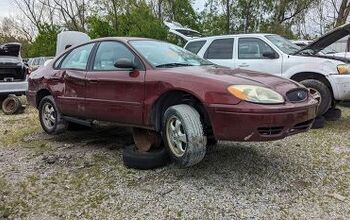
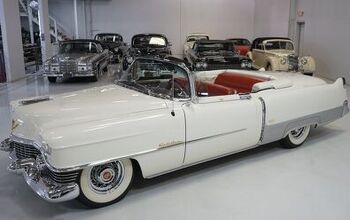
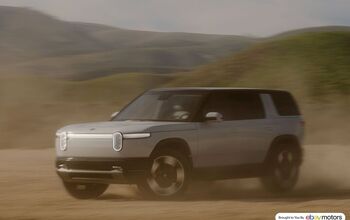
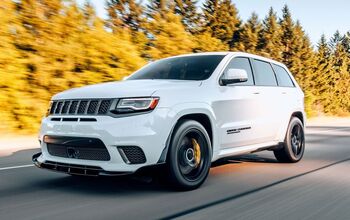

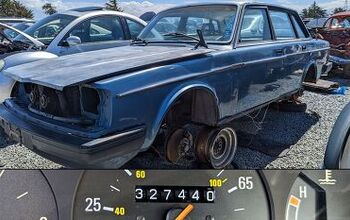
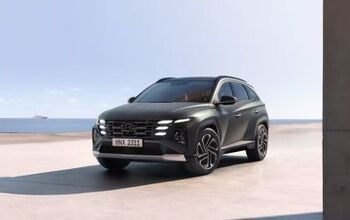
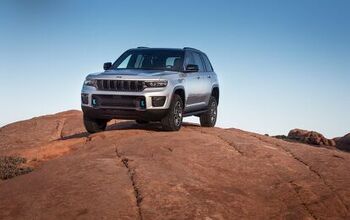
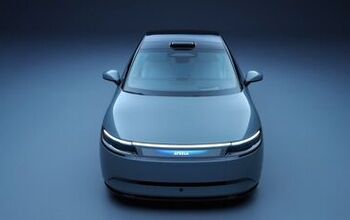
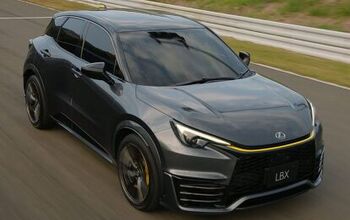
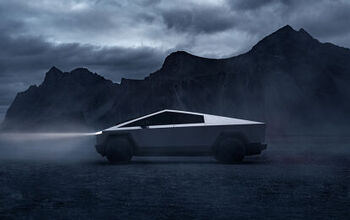
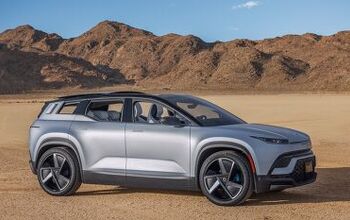
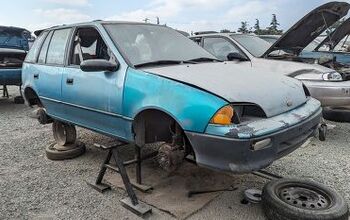
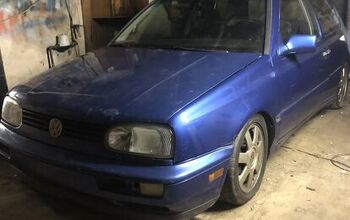
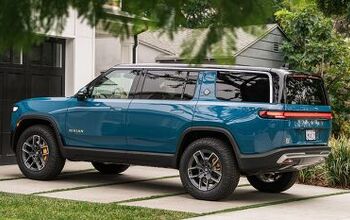
Comments
Join the conversation
I know you guys are run with no budget (shame on you Verticalscope, TTAC deserves more $$$) but you couldn't find a public domain picture of a Panasonic lithium-ion cell, or other Li battery, so you choose a lead acid car battery picture for this story. Our 140 character or less society doesn't read anymore and now thinks their regular lead-acid car battery is a time bomb from Samsung. I saw it on TTAC...
I haven't checked to see if this 372 mile claim is for the European cycle, or the EPA cycle. If it's for the European cycle, then the EPA equivalent would be about 257 miles. This battery might be around 100 kWh, which means it is charging at about 2X the rate of a Tesla Supercharger (120-150 kW), meaning 240 kW. This is somewhat lower than the proposed next-gen EV chargers, which are supposed to be 350 kW or maybe 500-600 kW. https://www.engadget.com/2016/12/26/tesla-supercharger-v3-teaser/